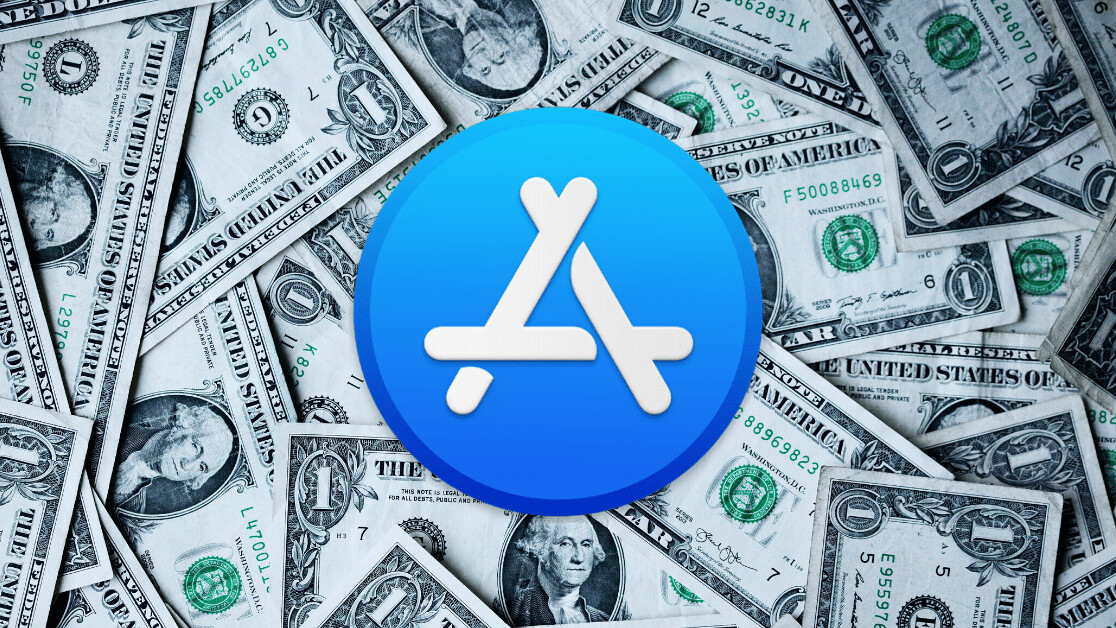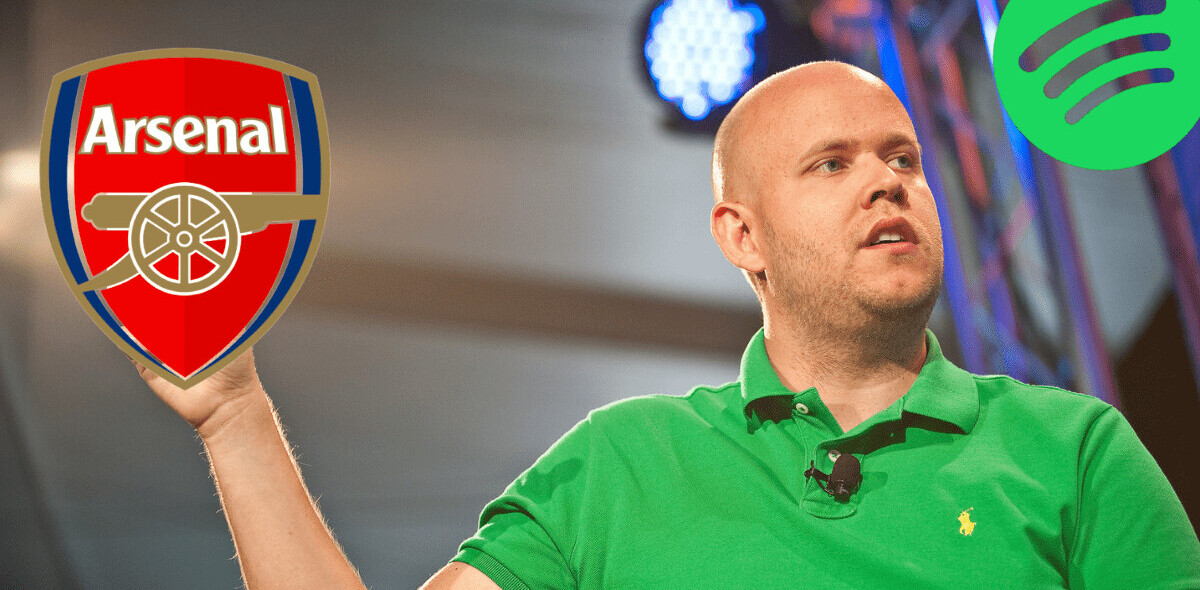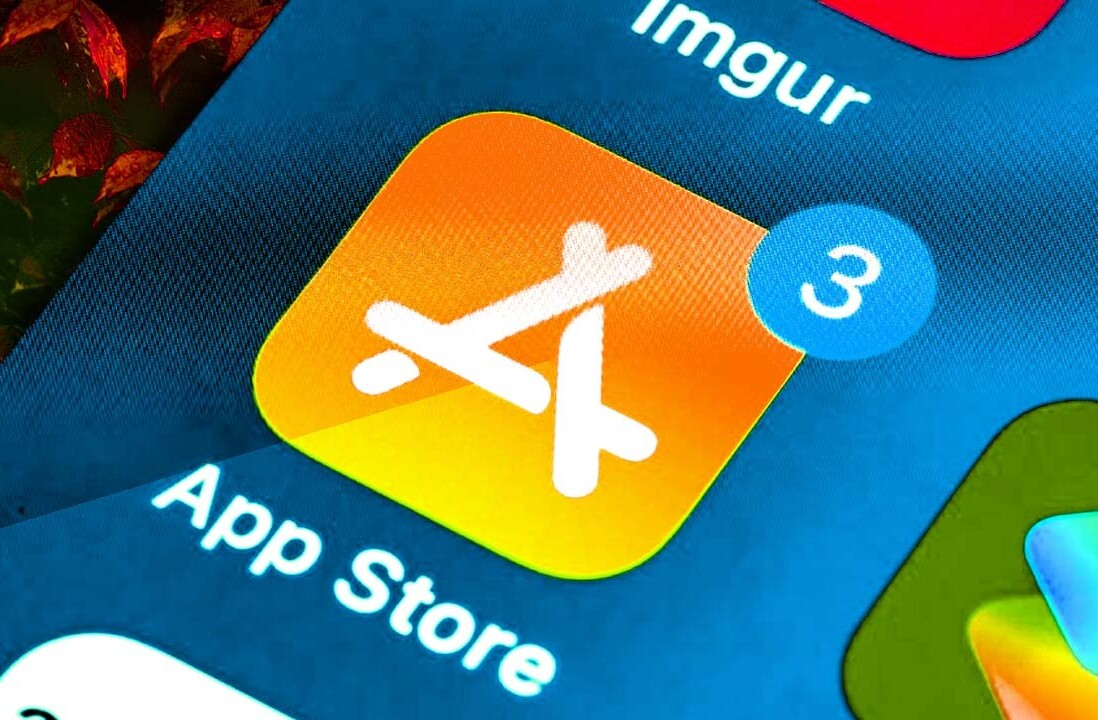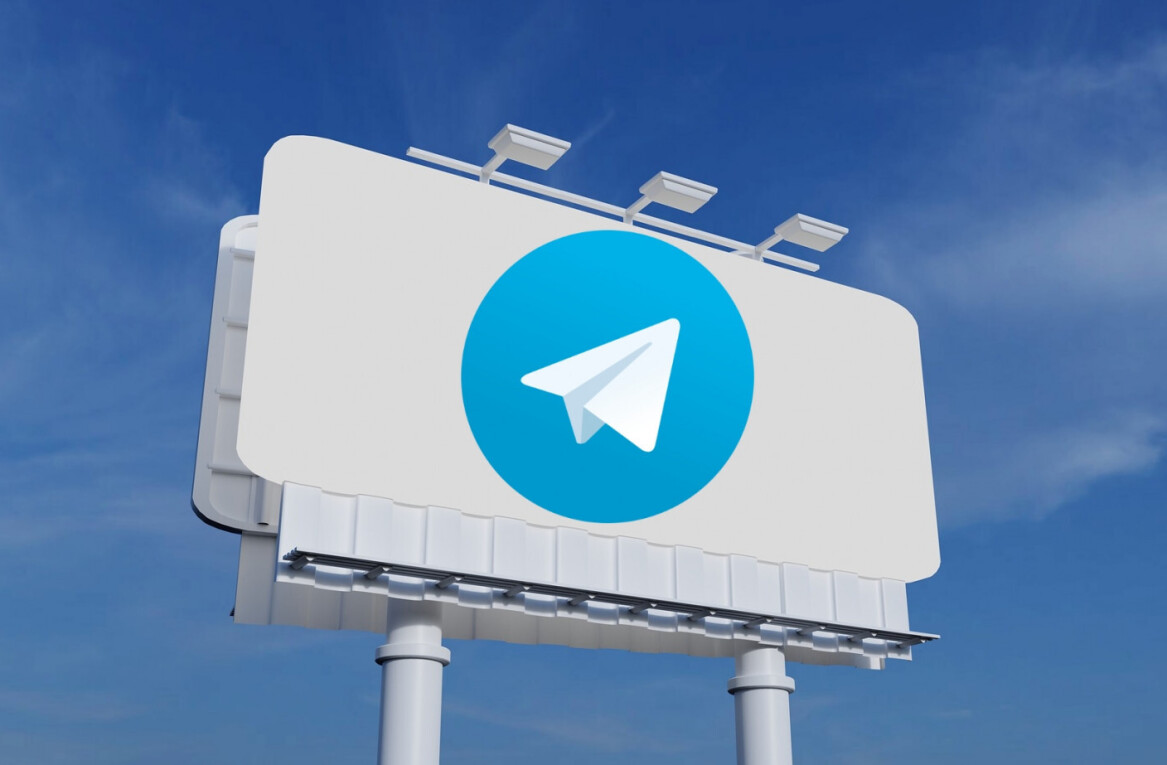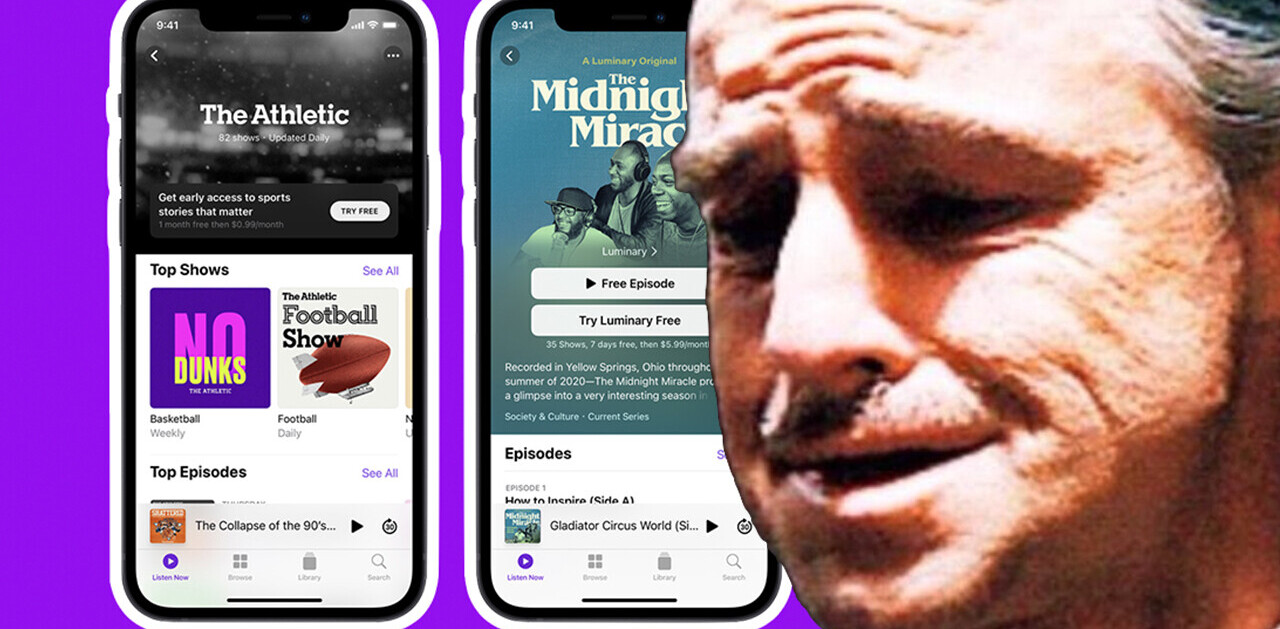Capiche is a secret society for SaaS power users, building a new community of people who care about software to make the SaaS industry more transparent, together. This article was written by Matthew Guay, Capiche‘s founding editor and former senior writer at Zapier.
Wake up with a great idea for a new widget. Build it, set up a table in front of your house, and sell it for $10 cash.

You just made $10. Pretty good deal.

So you expand your business, start a Shopify store, and sell online. Shopify charges 2% of your sale price, along with another 2.9% + 30¢ payment processing fee.
You make $9.21 per sale (though still need to pay $29/month for the store), and sent Shopify and Stripe around 8% total. Not bad.

More people are searching for widgets on eBay, so you list it there too. They charge 10%, plus PayPal fees. Other marketplaces are similar; Etsy charges 5%, plus a bit more to list your product.
You make $8.41, and pay eBay + PayPal around 16% total.

Amazon has more customers, and people love free shipping, so you sell there too. Though nothing’s truly free: You might pay a 15% referral fee, $2 fulfillment charge, and $0.99 fee per item sold.
You might make only $5.69, sending Amazon 43% of your sale price.
If your widget was in a real store, perhaps more people would see it. But that costs. You’ll pay slotting fees which “average $1500 per store per SKU,” estimates Trax. You might pay a few dollars per inch of retail space per store if your widget is sold near checkout, 10% stocking fees to put your inventory in warehouses, and pay-to-stay fees for promotions and discounts.
“A company might have to pay up to about $5 million to place one candy bar in all the stores of the 50 biggest supermarket chains,” said one report on the US retail market.
That’s enough to make Amazon sound cheap, until you’re selling a lot of widgets.

So you switch gears. People like your widgets; maybe they’d read about how you built them. You write a book, sell it on the Kindle and Apple Books stores.
Apple Books charges 30%. Sell a $10 book, get $7.
Amazon’s Kindle store charges 30%, but with conditions. Your book must cost $2.99 to $9.99, and 20% less than any print copies. It must be exclusive to the Kindle to get this rate in some markets. You have to split the any VAT with Amazon, and additionally pay a download fee of $0.15/mb from your cut. Sell a $9.99 book, and you might get $6.69.
Don’t meet those requirements, and Amazon charges 65% of your selling price. Sell a $10 book, get only $3.50.
Writing a song about your widget doesn’t seem like a great idea, either from a content and revenue perspective. Spotify pays 0.32¢ per play, Apple Music around 0.56¢. You’ll need someone to play your song 3,125 times to equal selling one $10 widget in front of your home.

Maybe an app would make more sense. You make a digital version of your widget, put it the App Store and Google Play, each of which take a 30% cut.
Sell your app for $10, get $7.
Games aren’t much different. Valve charges 30% for the Steam store (with a 5% discount after you sell over $10 million). Sony, Microsoft, and Nintendo also charge 30%. And if you sell your game in a real store, after all the fees the “takeaway from a physical retailer … is often between just 10-15%.”
Maybe a subscription makes more sense, with new digital widgets every month. The first year, Apple and Google take 30% as before. The second and thereafter, they take 15%.
So your $10/year subscription gets you $7 this year, $8.50 next year.
Or. The web’s free, anyone can publish a website, and with a Stripe account, you can sell software yourself for only a 2.9% + 30¢ charge. A $10 sell nets you $9.41. Subscriptions will cost you an extra 1% through Stripe (an extra 10¢ on that $10 subscription), or perhaps $299/month with a subscription tool like Chargebee.
That’s better margins than selling physical goods on Shopify, incomparably better to the App Store’s pricing, let alone Amazon’s.
And here’s where it gets messy.
Paying for place
It’s not like you’re paying for nothing when selling products at retail.
Real estate’s expensive. Shelving, stocking, logistics and distribution, the electric bill and checkout staff, it all adds up. If Walmart charges you for shelf space, promotion, and still adds their margin to your product, at least you’ve got something to show for it. You paid to put your product in front of real customers.
Same for Amazon. Shipping’s never actually free, neither are fulfillment centers and the fabled 1-click checkout. Even credit card fees and affiliate cuts add up. Plus, over 2 billion people visit Amazon sites each month. It’s worth paying a bit more to get in front of those people. And if the math doesn’t work, you could always go to one of their competitors.
You could pay less on eBay, Etsy, or with a Shopify or WooCommerce store. But the vendors that choose to sell on Amazon are willing to pay for the audience, for access to millions of customers ready to buy anything as long as it’s on Prime Now.
Before software ate the world

The App Store, at its inception, did much of the same.
Software downloads had already killed boxed software when Apple launched the App Store in 2008. But that didn’t mean software was easy to distribute.
On mobile, for example, the typical Java mobile app was distributed through an aggregator, who would negotiate API access and sell it directly to carriers. “Carriers controlled which apps would make it onto phones, and often took most of the revenue – 50%, 70%, more,” recalled veteran technology journalist Walt Mossberg.
It wasn’t much easier on desktop. You needed people to discover your software, download it, pay for it, enter a license key to prevent piracy, and install updates as you fixed bugs. And you needed to do it on your own. Stripe’s only been around for a decade; before that, smaller developers were left to the whims of PayPal.
The App Store covered all of that, for 30% of your selling price. It could almost seem like a bargain, especially compared to dealing with phone carriers.
You’d upload an app, and instantly every iOS and Mac owner could buy your software with their existing account—no PayPal or entering credit card numbers needed. No licensing and accounts; Apple handled that for you. And at first anyhow, App Store search was enough to bring interested people to your software, the app version of Amazon’s retail search. Updates were easy; Apple pushed them to all your customers, automatically.
“The App Store is more than just a payment processor, and for some developers, Apple’s cut is either happily worth it or at least begrudgingly worth it,” as writer John Gruber put it. Customers like it, too, with payments only two taps away.
Then the cracks started showing. People downloading your app weren’t your customers, per se—you never knew who bought your app, had few ways of contacting them directly. Apple didn’t offer a way to sell upgrades, so it was difficult to keep making money even as customers expected you’d keep the app up to date. And if you sold extras in your app—songs, eBooks, videos, courses, content that wouldn’t have required license keys and updates and a whole App Store infrastructure to start with—Apple still wanted a 30% cut.
The web, with all its complexities, started looking more appealing. If anything, the App Store increasingly seemed an archaic burden, something directly contributing to software price inflation, not just a reasonable fee to simplify software distribution.
Everything as a service
Of all the things the App Store offers, SaaS finds perhaps two things helpful: Discovery and downloads. And they could live without either.
Subscription software businesses have to build a customer relationship, with unique accounts per-user. Might as well build out payments while you’re at it. Accounts negate the need for license keys, and make piracy a thing of the past. And, odds are, your SaaS is a web app—so a browser’s all you need, no access to device and operating system-specific APIs needed. A mobile app would be nice to have, with offline support and notifications and share menu integration. Discovery in the App Store search would be nice, too. But all the other things that make the App Store valuable to, say, developers building games don’t matter to business SaaS vendors.
It’s not like you’ll have to build it on your own. Stripe handles payments, Recurly subscriptions, even blog systems like Ghost can help you set up a full membership system. You can even push notifications through the browser, and fall back to Twilio-powered SMS and Sendgrid email notifications on mobile if needed.
So came the workarounds. They started with content-driven businesses, the Netflix and Spotify and Kindle’s of the world, who wanted mobile apps for distribution, but didn’t want to pay 30% of their content revenue. Just like SaaS, they already needed to manage accounts and subscriptions, and found little value beyond distribution in the App Store. As a workaround, they built what Apple is now calling “Reader Apps” to sign in with existing accounts and view content already purchased. They just couldn’t let people create new accounts from their mobile apps, or Apple would require a 30% cut (or 15%, for subsequent-year subscriptions).
The same went for real-world goods and services, so the Amazon store app, travel apps like Expedia, and transit services like Uber and Grab are free to use their own billing and skip paying Apple’s fees. They need to own the customer relationship anyhow, and built their business around adding margin to others products and services the same.
That leaves SaaS. For a while Apple seemed content to look the other way, to let business software subscriptions’ mobile apps not offer ways to signup without fuss. But that’s changed.
The Basecamp team’s new email app Hey works like Netflix’ app: You can sign in with an existing account, but can’t create a new account. The App Store only does distribution; Hey has marketing enough on its own, and decades of experience selling software on the internet. Apple wasn’t too fond of that, rejected their latest update, and threatened to remove Hey from the App Store. Turns out, that was only the more recent; Ben Thompson on Stratechery found that Apple’s told apps selling digital events that they, too, needed to use official in-app purchases.
Here’s the funny thing. Apple’s 15-30% cut on subscriptions isn’t ideal for either developers or Apple. It’s enough of a cut to push the largest platforms, the most popular software to forge their own path.
The App Store’s worth paying for. Maybe not 30%, or 15% even, but something over just the cost of processing credit card transactions. Today, a free app brings Apple zero revenue (or nearly zero: As readers noted, All developers pay the $99/year developer fee, and buy Apple devices for development), while the paid apps that do bring revenue shoulder the cost of the whole ecosystem. Perhaps a lower subscription rate, at 5% or so of transactions, might be enough to convince Netflix and more that the benefit of millions of connected credit cards were worth a slightly less direct connection to customers, enough to keep developers from complaining about the requirement.
Aggregator power
Apple seems to disagree. The App Store’s not just worth paying for, it’s worth paying 30% for. It’s their storefront, end of discussion. Don’t like it? Maybe the iPhone’s not for you.
Apple seems to see the App Store as a digital retail store, where 30% and guaranteed shelf space would be a bargain for consumer packaged goods.
Perhaps. The Kindle store, though, shows monopoly pricing power at what may be the extreme in digital retail. 65% in fees to sell books on the Kindle store—unless you jump through hoops to hit the 30% fee tier—means you’re paying Amazon more for books than the authors. Yet even that was freeing to self-published authors compared to literary agents, publishers, bookstores, and the perhaps 10-20% royalties an author might receive in the traditional world after everyone else got their share. The old king is dead, long live the only slightly more benevolent new king.
Today’s software developers have a strong advantage, building their tools on the web, the most open distribution system every built. They’re used to things being free, or nearly so, of selling in market with minimal per-unit costs and impossible-to-imagine margins compared to physical goods. And the switch to SaaS, hard as it may have been, made teams build the skill sets to replace the App Store.
If App Store revenue cuts come down, it’s competition from the web and SaaS that will move the needle—much as Apple itself led the way in cutting the costs carriers used to impose on the previous generation of mobile developers.
Now, will SaaS—with new platforms to build subscriptions, sell media, and monetize a following—provide pricing pressure for the Kindle store, streaming music, and other media? Will Amazon continue to rebuild the price structure of physical stores online, or will independent retailers make charging 40+% of retail prices untenable?

Get the TNW newsletter
Get the most important tech news in your inbox each week.
